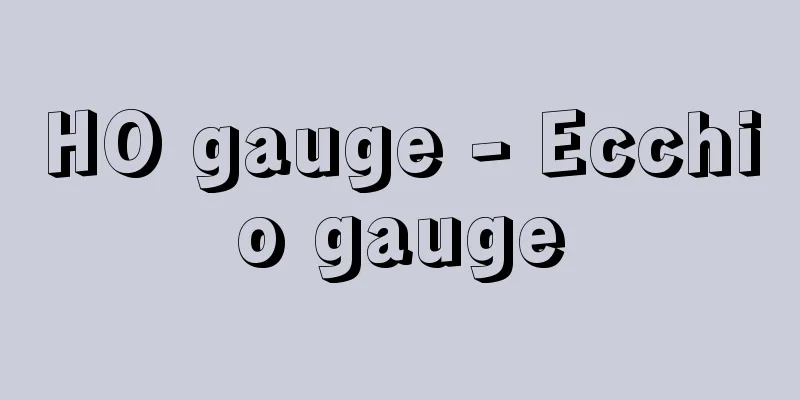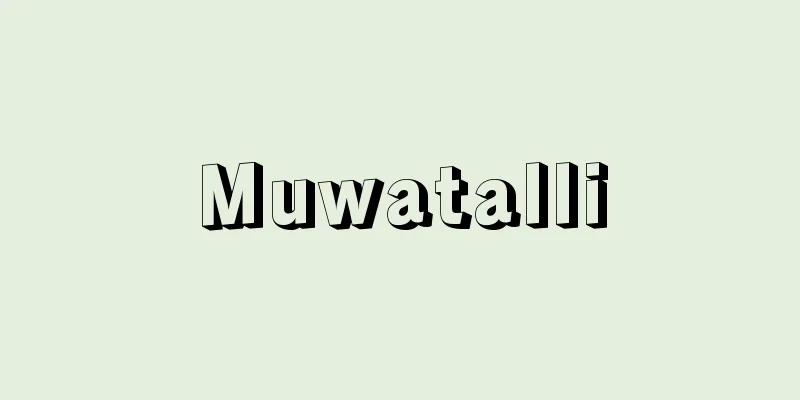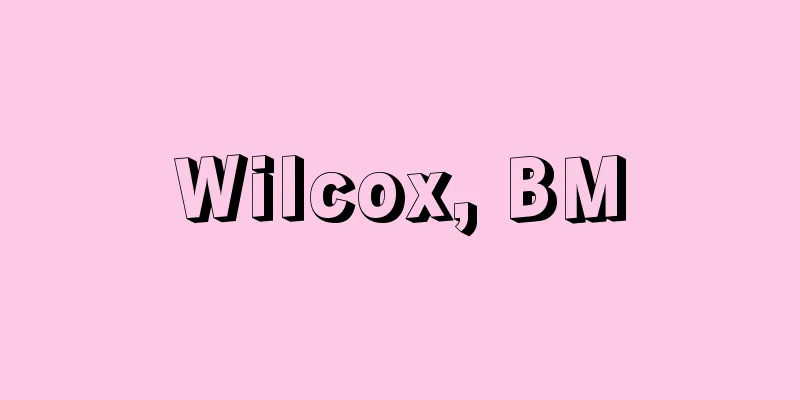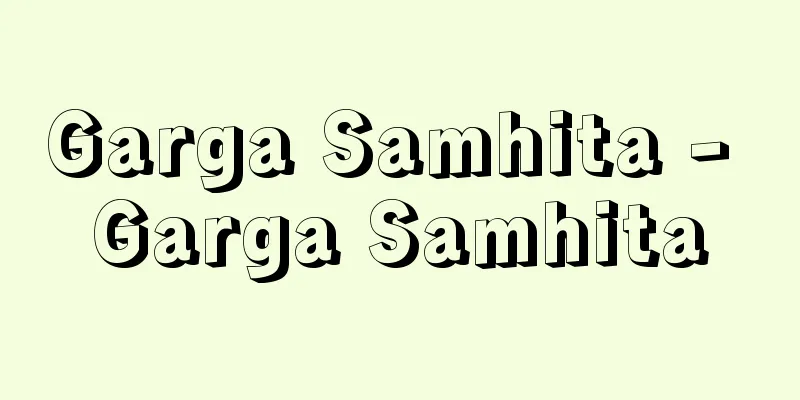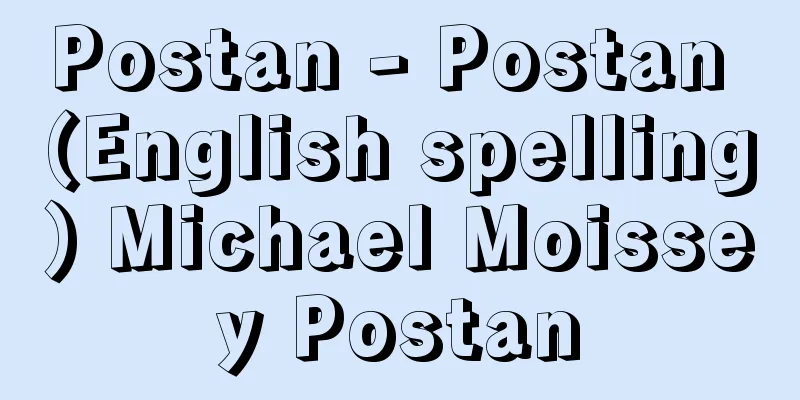The Compendium of Materia Medica - Honzoukoumoku
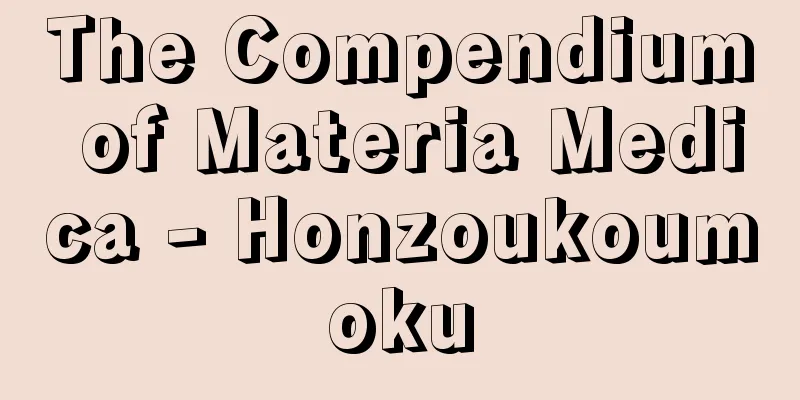
|
A Chinese herbal medicine book written by Ming Dynasty physician Li Shizhen. Li Shizhen's family had been physicians for generations, and he was familiar with nature from an early age, traveling through the mountains and fields. He enjoyed studying medicine, and took over the practice at around the age of 22 or 23. He was well-known as a great doctor, and was invited to serve as the imperial physician in Beijing and Wuchang for several years. However, this did not suit his personality, so he traveled around the country and investigated the unique danpan (folk remedies) of each region. It is said that he began writing "Compendium of Materia Medica" at around the age of 35, and it took 26 years to complete it. It is a huge work with 52 volumes in total, and 1903 types of medicines are listed. While the mainstream materia medica books up until the Song Dynasty faithfully reproduced the contents of the materia medica books up to that time, "Compendium of Materia Medica" was partially quoted or added by Shizhen, and therefore not all reviews are favorable. However, the passages described as "Shizhen says" are what Shizhen himself saw and heard when he traveled around the country, and are extremely valuable in studying medicinal herbs in the Ming Dynasty. Some of the illustrations do not match Shizhen's theory, but this is because many of them were drawn by his disciples. The first edition of "Compendium of Materia Medica" is called the "Jinling edition" and is said to have been published in 1596 (24th year of the Wanli era). There are currently no copies in China. It was brought to Japan in 1607 (12th year of the Keicho era), where Hayashi Razan obtained it in Nagasaki and presented it to the shogunate. Since then, Japanese materia medica has been strongly influenced by this book, and its contents are still alive in folk medicine. Currently, various editions of the "Bencao Gangmu" are available, but since the edition published by Zhang Shaotang (Zhang edition), most of the diagrams of medicines have been revised to those in "Shokubutsu Mingjitsu Zukou". Between 1975 and 1981, a detailed collated edition (simplified characters version) based on the second edition of the "Bencao Gangmu", the "Guangxi edition", was published in China, and this book contains diagrams of medicines that are almost the same as those in the "Jinling edition". There is also a complete Japanese translation, the "Head Note: National Translation of the Bencao Gangmu" (1929-1934), supervised by Shirai Mitsutaro, and a newly annotated and expanded edition of this book (1973-1978) was published, and in 1979 (Showa 54) a facsimile of the accompanying diagrams from the "Jinling edition" was published. [Tsuneo Namba and Masayuki Mikage] [Reference items] | | |Volume 1, Part 1, Written by Lee Si-chin, Published in 1637 (Kan'ei 14), held at the National Diet Library "Compendium of Materia Medica" Source: Shogakukan Encyclopedia Nipponica About Encyclopedia Nipponica Information | Legend |
|
中国の本草書。明(みん)代の医師李時珍(りじちん)が著した。李時珍の家系は代々が医師で、彼は幼少のころから自然に親しみ、山野を巡っていた人で、好んで医薬の勉強に励み、22、3歳のころに医家を継ぎ、名医の評判が高く、招かれて北京(ペキン)や武昌(ぶしょう)で宮中医を数年務めた。しかし、性にあわず、以後、各地を旅行しながら、その地方独自の単方(民間療法)を調査して回った。『本草綱目』の著作を始めたのは35歳ごろといわれ、その完成に26年間を費やしている。内容は、全52巻、収載薬品数は1903種に及ぶ膨大なものである。宋(そう)代までの主流本草は、その時代までの本草書の記載内容を忠実に再現しているのに対して、『本草綱目』は時珍がこれらを部分引用、あるいは加筆しているため、その評価はよいものばかりではないが、「時珍曰(いわく)」として述べられている文章は、時珍自らが各地を回って実地見聞した内容であり、明代の薬物を研究するうえできわめて価値がある。また薬図のなかには時珍の説と一致しないものもあるが、これは薬図の多くを弟子たちが描いたためである。『本草綱目』の初版は「金陵本」とよばれるもので、1596年(万暦24)に出版されたとされる。現在、中国には伝本はない。日本には1607年(慶長12)に渡来、林羅山が長崎で入手し、幕府に献本している。以後、日本の本草学は本書の影響を強く受けており、その内容は民間療法のなかにも生きている。現在、各種の版本になる『本草綱目』を入手することができるが、薬図については張紹棠(しょうどう)味古斎刊本(張刊本)以後は、大半が『植物名実図考』のものと改められた。1975~1981年にかけて、中国で『本草綱目』の第2版である「広西本」を底本とした詳細な校点本(簡体字版)が刊行されたが、本書には「金陵本」とほぼ同様の薬図が載せられている。また日本語完訳本としては白井光太郎(みつたろう)監修による『頭註・国訳本草綱目』(1929~1934)があり、さらに本書の新注増補版(1973~1978)が刊行され、1979年(昭和54)には「金陵本」の附図が影印出版されている。 [難波恒雄・御影雅幸] [参照項目] | | |第1巻 上 李時珍撰 1637年(寛永14)刊国立国会図書館所蔵"> 『本草綱目』 出典 小学館 日本大百科全書(ニッポニカ)日本大百科全書(ニッポニカ)について 情報 | 凡例 |
<<: Bonner Durchmusterung - Bonn Durchmusterung
>>: Annotated commentary on the Materia Medica Classic (English: Běn cǎo jīng jí zhù)
Recommend
Sinkhole
…Doline comes from the Serbian word dolina, which...
Sasaki Kozo - Sasaki Kozo
Politician. Born in Miyagi Prefecture. After grad...
Mälzel, JN (English spelling)MalzelJN
…This notation is called a metronome mark. The wi...
Hatta Tomoe
Years of birth: Unknown. Samurai from the end of t...
Hofbräuhaus (English spelling) Hofbrauhaus
…The big change came in the 19th century, when gr...
Kasugai [city] - Kasugai
A city in the north of Aichi Prefecture, adjacent ...
Primary follicle
…Oocytes remain dormant in the ovaries in the pro...
Bass box
In the 19th century, the sanza was introduced to ...
Imagawayaki - Imagawayaki
A confectionery made by wrapping red bean paste i...
Emperor Yuan
276‐322 First emperor of the Eastern Jin dynasty i...
Control engineering
Control refers to manipulating a target situation...
diocese
…In Japan, the word “kyochi” (diocese) is used as...
Krohg, P. (English spelling) KrohgP
…Stavkirke (staved churches), a style of church a...
Mudrā (English spelling)
A mudra or combination of fingers that indicates t...
Nail-pull
1. Set up pillars or stakes in a row, Through Nuki...

